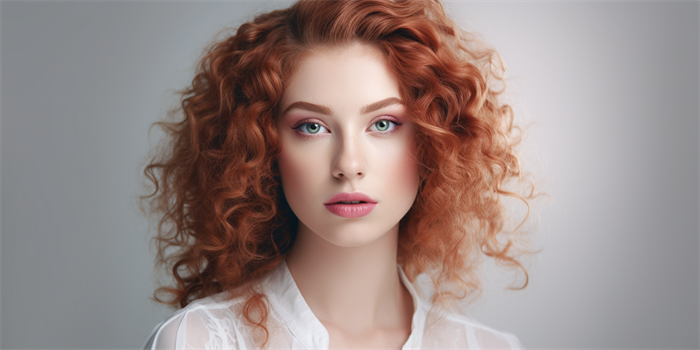What is the Best Age to Have Cheek Augmentation in Geelong?
Cheek augmentation is a cosmetic procedure that enhances the appearance of the cheeks by adding volume or reshaping them. This procedure can be performed using various materials, including implants, fillers, or fat grafting. The ideal age for cheek augmentation can vary based on several factors, including individual facial structure, skin quality, and personal aesthetic goals. In Geelong, as in other regions, understanding these factors can help determine the best age for this procedure.

1. Facial Development and Maturity
One of the primary considerations in determining the best age for cheek augmentation is the stage of facial development. The face continues to develop and change through the teenage years and into the early 20s. It is generally advisable to wait until facial structures have fully matured before undergoing cheek augmentation. This typically means that individuals in their mid-20s or later are more suitable candidates. Waiting until facial maturity ensures that the results of the augmentation align with the individual's long-term facial structure.
2. Skin Elasticity and Quality
Another crucial factor is the quality and elasticity of the skin. As people age, their skin naturally loses elasticity, which can affect the outcome of cheek augmentation. Younger individuals typically have better skin elasticity, which can lead to more natural-looking results. However, advancements in cosmetic procedures allow for successful cheek augmentation in older individuals as well, provided their skin quality is assessed and considered during the planning process.
3. Personal Aesthetic Goals
The personal aesthetic goals of the individual play a significant role in determining the best age for cheek augmentation. Some people may seek augmentation to correct congenital facial imbalances, while others may want to address the effects of aging. Understanding these goals helps in tailoring the procedure to meet individual expectations. For instance, someone seeking augmentation to enhance facial symmetry might opt for the procedure earlier, whereas someone aiming to restore youthful contours might consider it later in life.
4. Health and Medical History
A candidate's overall health and medical history are also important considerations. Certain medical conditions or the use of specific medications can affect the safety and success of cheek augmentation. It is essential to have a thorough medical evaluation before the procedure to ensure that the individual is a suitable candidate. This evaluation helps in identifying any potential risks and addressing them proactively.
5. Technological Advancements and Techniques
The field of cosmetic surgery is continually evolving, with new techniques and technologies emerging regularly. These advancements can influence the best age for cheek augmentation by making procedures safer, more effective, and suitable for a broader age range. For example, the development of advanced dermal fillers and minimally invasive surgical techniques has expanded the options for individuals of various ages.
6. Consultation with a Skilled Surgeon
Ultimately, the best age for cheek augmentation is highly individual and should be determined through a consultation with a skilled and experienced cosmetic surgeon. During this consultation, the surgeon will assess the candidate's facial structure, skin quality, and aesthetic goals, and provide personalized recommendations. A skilled surgeon will also discuss the potential risks, benefits, and expected outcomes, ensuring that the candidate makes an informed decision.
FAQ
Q: Is cheek augmentation permanent?
A: The permanence of cheek augmentation depends on the method used. Implants are generally permanent, while fillers are temporary and typically last between 6 months to 2 years.
Q: Are there any risks associated with cheek augmentation?
A: Like any surgical procedure, cheek augmentation carries potential risks, including infection, scarring, and asymmetry. However, these risks can be minimized with proper pre-operative evaluation and post-operative care.
Q: Can cheek augmentation be combined with other facial procedures?
A: Yes, cheek augmentation can often be combined with other procedures such as facelifts, rhinoplasty, or eyelid surgery to achieve a comprehensive facial rejuvenation.
Q: How long is the recovery period after cheek augmentation?
A: Recovery times vary depending on the procedure. With surgical augmentation, initial recovery typically takes about 1-2 weeks, while non-surgical methods may have minimal downtime.
In conclusion, the best age for cheek augmentation in Geelong is influenced by multiple factors, including facial maturity, skin quality, personal goals, health status, and available techniques. Consulting with a qualified cosmetic surgeon is essential to determine the optimal timing and approach for achieving desired results.




